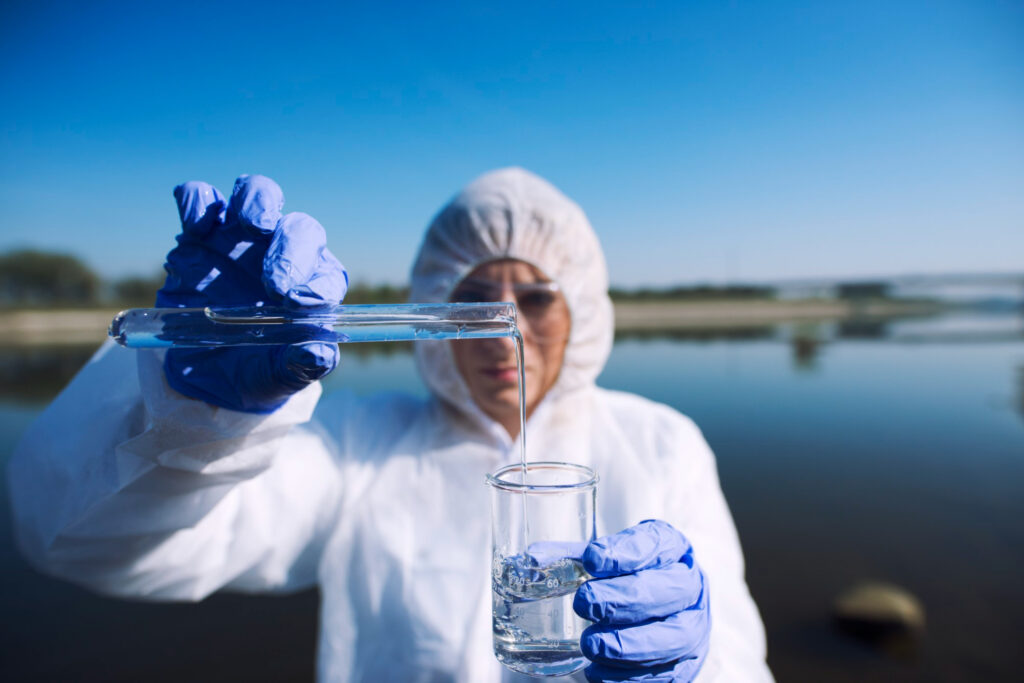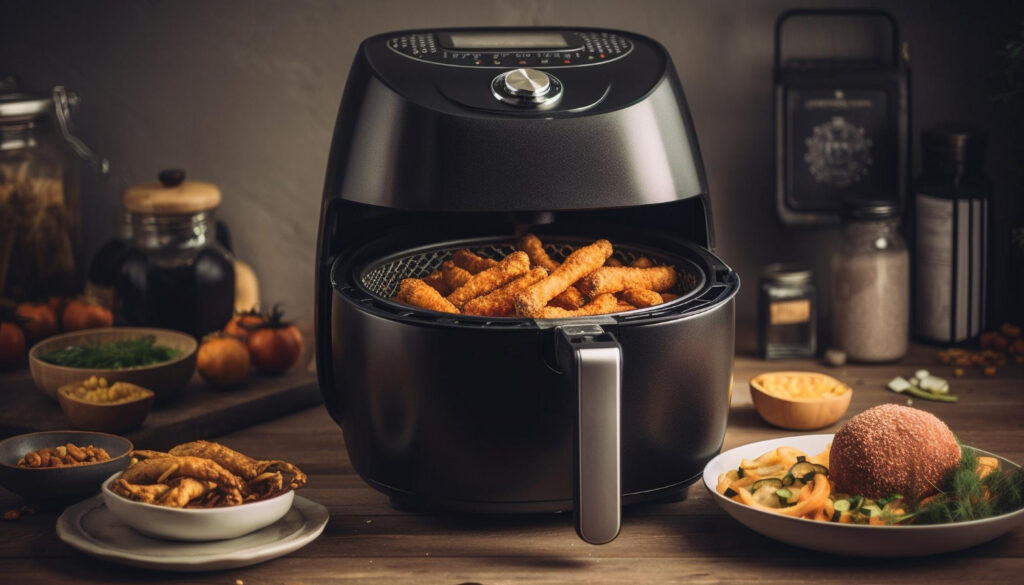An essential element of a healthy society and a fundamental human right is having access to clean, safe drinking water. However, ensuring a sustainable and consistent supply of clean water has grown to be a pressing challenge. All because of a result of population growth, industrialization, and environmental pollution. In order to prevent us from diseases and secure health water purification is required.
To meet this challenge, water purification techniques and technologies have advanced significantly over time, encompassing both age-old methods and cutting-edge innovations. This article examines various technologies and methods for water purification that are essential for supplying people all over the world with safe drinking water.
What is Total Dissolved Solids (TDS)?
Total Dissolved Solids, or TDS, is the abbreviation for the total concentration of dissolved solids in drinking water. It is a measurement of everything dissolved in water that isn’t an H2O molecule, including both organic and inorganic substances including metals, minerals, salts, and ions.
TDS is made up primarily of inorganic salts, although it also contains some organic materials. Salts consisting of calcium, magnesium, potassium, and sodium are positively charged cations, whereas carbonates, nitrates, bicarbonates, chlorides, and sulphates are negatively charged anions.
Together, these two charges make up inorganic salts. Water can include TDS from a wide range of sources, including natural water springs, chemicals used to treat municipal water supplies, runoff from yards and roads, and even your house plumbing system.
This is measured in PPM (Parts Per Million). Healthy drinking water is regarded as having a TDS level between 50 ppm and 150 ppm. You can easily measure the TDS of drinking water with a TDS meter, a little hand-held device used to show how many total dissolved solids there are in a solution, often water.
TDS Level Chart for Drinking Water
| TDS in Water (measured in PPM) | Suitability for Drinking Water |
| Less than 300 | Excellent for drinking |
| 300-600 | Good |
| 600-900 | Fair |
| 900-1200 | Poor, not good for drinking |
| More than 1200 | Unacceptable |
Basic Water Purification Methods
Boiling: Boiling is one of the most basic and traditional ways to purify water. The majority of disease-causing microorganisms like bacteria, viruses, and parasites can be successfully eliminated by boiling water at a rolling boil for at least one minute. This method is completely not able to remove all chemical contaminants or toxins.
Filtration: Filtration is a common method used to remove impurities from water.There are many different kinds of filters, such as activated carbon, ceramic, and membrane filters. Organic substances, chlorine, and some heavy metals can be effectively eliminated by activated carbon filters. Bacteria, parasites, and suspended solids can be caught in ceramic filters tiny pores.
Chlorination: To disinfect water, chlorine or chlorine-containing compounds are added. By interfering with their cellular functions, chlorine efficiently eliminates bacteria and viruses. The reduction of waterborne diseases has been greatly aided by this technique.
Ultraviolet (UV) Disinfection: UV disinfection is a chemical-free technique that employs ultraviolet light to obliterate the microbes’ genetic information, stopping them from reproducing and spreading illness. Bacteria, viruses, and parasites are all easily eliminated by UV radiation. Both domestic and industrial water treatment systems frequently employ it.
Desalination: Desalination is the procedure used to purify brackish or seawater of salt and other contaminants in order to create fresh water. This method is crucial in areas with limited freshwater resources. Two common desalination techniques are distillation and reverse osmosis. Distillation involves heating water to create vapour and then condensing it back into liquid form, leaving behind salts and impurities.
Different Technologies Used In Water Purification

RO (Reverse Osmosis)
RO is among the most common technologies for purifying water. Membrane technology is used to clean water by removing dissolved salts, bacteria, and other pollutants. The membrane, which separates germs and dissolved chemicals from water, has fine pores that allow only water to pass through while trapping all harmful chemicals and microbes. Additionally, it lowers TDS by 90%.
UV (Ultraviolet)
This method uses UV light to eliminate germs and bacteria. 99.99% of the harmful organisms in the water are destroyed. A small lamp inside the purifier emits small UV waves, which destroy the bacteria and viruses in the water. However it cannot remove dissolved salts or harmful heavy metals. It makes almost minimum reduction in TDS.
UF (Ultrafiltration)
Another purification method that uses membranes similar to RO, These membranes remove impurities such as particulate matter, pathogenic organisms. A UF water alkaline purifier physically removes all germs and bacteria and filters out all visible and suspended impurities such as mud, rust, dirt, and sand from drinking water. There is essentially no TDS decrease.
MF (Micro Filtration)
Depending on the intensity and level of impurities, standard RO water purifiers can waste up to 80% of the water during the purification process. MF is a system that balances that out by eliminating water wastage and does not require as much maintenance as RO filters. It also makes no reduction in TDS.
Activated Carbon
Activated carbon is highly porous and has a large surface area, making it effective in adsorbing organic compounds, chlorine, and some heavy metals from water. By removing several pollutants and potentially carcinogenic substances, this technique not only enhances the flavour and odour of water.
With the help of activated carbon, free chlorine is converted to chloride and CO2. In addition, chloramines are broken down by a rather slow catalytic process to provide ammonia, nitrogen, and chloride.
In the pores of the carbon matrix, organic molecules are adsorbed. Ionic, polar, and Van der Waals forces may bind huge amounts of organic material to the activated carbon thanks to its vast surface area.
Ion Exchange
Ion exchange is the process of exchanging ions between water flowing through a solid resin and the resin itself. By eliminating the hardness ions (calcium and magnesium) and replacing them with sodium or potassium ions, this procedure is frequently used to soften water.
It purges water of contaminant ions. It is very efficient and can get the product water’s ionic concentrations down to sub-particle levels. The use of contemporary high-purity resins results in low background levels of organic pollutants since they rinse away quickly.
Electrodeionization (EDI)
Electrodeionization combines ion exchange and electrodialysis to produce high-purity water. It involves applying an electric field while moving water between ion-exchange membranes. This method efficiently eliminates ions and contaminants, making it appropriate for sectors like pharmaceuticals and electronics that need ultra-pure water.
Things to Consider Before Buying a Water Purifier

Source of Water
Municipal, ground, or multiple water supply sources make up the majority of the sources in India. You can choose the best water purifier for home by knowing where the water comes from.
As mentioned above, if the TDS of drinking water is under 200 ppm, only then it can be deemed safe foe consumption. It is advised to choose an RO purifier if your water supply has TDS levels that are more than 200 ppm but lower than 500 ppm. The purchase of an RO+UV purifier is advised if the TDS is above 2000 ppm. A UV purifier is advised if the TDS is less than 200 ppm but you still wish to clean the water.
| Water Source | PPM |
| Lake | 1 to 200 PPM |
| Underground Water | 200 to 2000 PPM |
| Brackish water | 1000 to 10000 PPM |
| Saline Water | Greater than 35,000 PPM |
Water Purifier Storage
You must first be aware of how much water each person in your household drinks. This is so that different water purifiers now have different storage capacities. It’s important to figure out the storage capacity of the water alkaline purifier you need for your house.
For a family of just 1-2 people, getting a water purifier with a capacity of 4-5 litres would be perfect. Continuing further,a water purifier with a 6–8 litre capacity for a household of four is a good option. However, for large household (6-8 members), a 10 litre capacity machine would be a sensible purchase.
Body and Material
The majority of water purifiers in India have a body of stainless steel or food-grade plastic. Keeping water in a plastic storage tank for an extended period of time, increases the probability of germs and viruses re-forming.
On the other hand, those who use stainless steel storage tanks claim to be able to keep the water for a longer period of time without concern about the growth of germs. If your budget is tight you should go for a plastic tank purifier. We advise purchasing a stainless steel water filter if your health is your top priority.
It’s silicon pipes and plastic body prevents it from rusting. These water purifiers are simple to transport from one location to another since silicon and plastic are both lightweight materials in nature when compared to iron and burnt clay.
Brand Reputation
In the market for water purifiers, there are several local manufacturers. But when choosing a water filter, brand reputation is important.
Choose a trusted brand with positive client feedback. Additionally, look for certificates from institutions that guarantee the product’s quality and adherence to safety regulations, such as NSF, WQA, or ISI. The top brands always uses the premium materials in product design. On the other hand, the local vendors uses low-grade plastic to produce water purifiers.
After-Sales Service
Choose a brand that has servicing facilities nearby and provides dependable after-sales support. A reputable brand often has a service location in most major cities. However, before you buy, be sure the brand will provide service in your region. Water purifiers requires regular maintenance is and prompt servicing is crucial.
Our Recommendations


Conclusion
Water purification depends on factors like source of the water, amount of purification sought, and the specific pollutants present. Variables like price, energy needs, treatment effectiveness, and water quality at the source determine the best water purification technique.
You may select a UV RO water purifier for home that meets your demands and provides you with safe and clean drinking water by taking these variables into account and evaluating your unique water quality and consumption requirements. Before choosing a product, do extensive research, read reviews, and evaluate several models.
We have already done the job for you and created a list of the 10 Best Water Purifiers in India which cover all the latest and advanced technologies and different specifications we discussed above, please go and check out that.
If this guide has provided you with any helpful information, we recommend you to share with with your friends . In this manner, they may get the greatest, most dependable, cost-effective, and intelligent water purifier as well.



